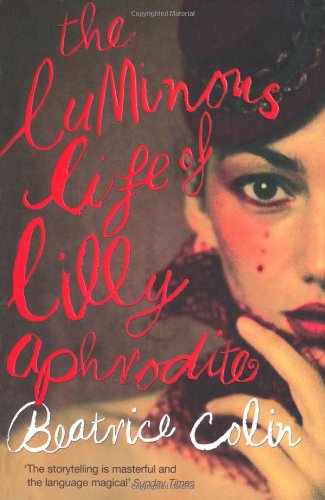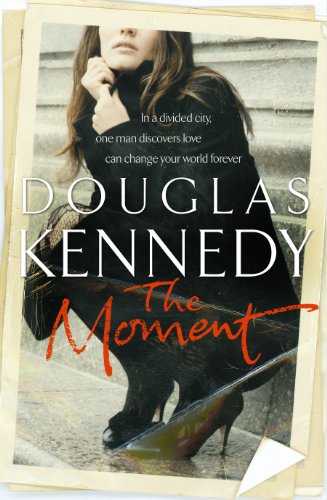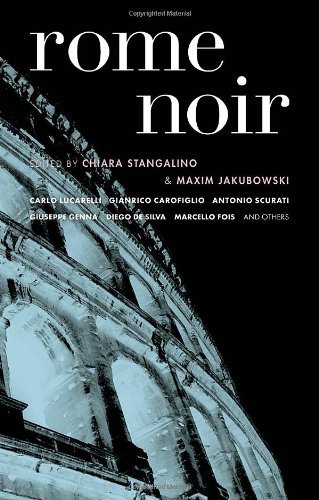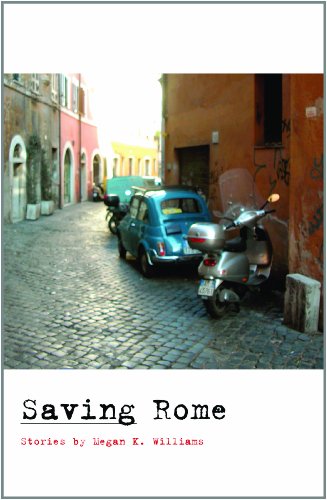A novel that brings two stories from different epochs together, set in modern day Florence.
 |
| Titian's Venus of Urbino |
From the Piazza della Signoria just enjoy the stunning view...."The sky is a strong azure blue: I can't believe what a perfect day it is. If you glance upwards and away from the crowds, the magnificence of the place is astounding. Wonders of architectural brilliance jostle from the sky line, and the campanile reaches high above us like a spear, away from the crowded foot of the Palazzo to the spacious heavens above, as if pleading to be plucked from the onslaught of visitors below" (extract from Urban Venus).
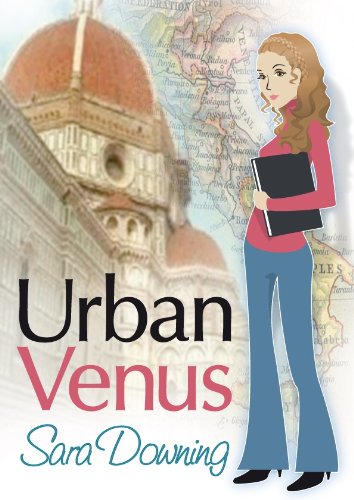 |
Click on the cover
to purchase |
Transport yourself to Florence, with this short novel that interweavess the touristy, modern day city with the city of the 1540s, the era of Titian. You also have the opportunity to drop in on Bologna.
Lydia Irvine has come to Florence on her year abroad from Newcastle Uni and she is learning the Italian way of life, as she absorbs the flavours, smells and sights of the modern city. And the reader, too, will feel that the city just lifts of the pages of this delightful novel. There are quite a few Italian turns-of-phrase without translation, and rather than leaving the reader floundering as to their meaning, it just adds to the Italian feel (and leaves you believing you can really speak Italian!)
The book is peppered with interesting facts. For the true Italian, you will learn that there are absolutely no milky coffees beyond breakfast; pull some strings and get a ticket to check out the hidden passageway between the Palazzo Vecchio and the Palazzo Pitti, via the Uffizi and a network of corridors across the city (all lined with works of art not generally seen by the public). Mmmmm, share Pandoro and Bombolone for breakfast.... and finally here's a bit of historical fact gleaned from the book: it was the French who brought syphilis to Bologna in 1495, apparently! And don't forget if you need an emergency ambulance you need to dial 118 (you might need to know this one day!).
A really enjoyable read, that truly brings Italy and Florence to life - this is a novel that has more depth than the rather weak, sketchy cover might lead you to believe. If you have read it, come and leave a review at www.TripFiction.com and tell others what you think. How much did you enjoy the storyline, did it transport you to the location?
Author Interview with Sara Downing
1. Clearly this novel could be set nowhere other than in
Florence. What first brought you to the city?
I first visited
Florence during a holiday in Tuscany in 2001 and was instantly smitten by the
city. Bizarrely I had a sense of having
been there before – even though I hadn’t – and it felt like a place I could
live in quite happily, even though it was vastly different from anywhere I’ve
ever lived. I’ve been back many times
since; it’s the sort of city you never tire of – the atmosphere is wonderful,
scenery amazing and the cultural aspects are never-ending. There’s so much to see and do, although very
often we simply visit our favourite haunts again and again, or spend an
afternoon window shopping in some of the gorgeous shops. I love just sitting at a restaurant table in
the sunshine and watching the world go by – the Italians can be very
entertaining!
2. How did you come to writing?
I’ve always wanted to
write, but work and family had prevented it until fairly recently. Then a few years ago, when my children were
all at school, I suddenly found myself with the time – and a supportive husband
who was happy for me to experiment with the possibility of a writing
career.
Although I’ve always
‘had a book in me’, I wasn’t sure when it actually came down to it if I’d be
able to put pen to paper and be creative, something I hadn’t done in
years. And would what I produced be good
enough for people to want to pay good money for? It was all a little scary to start with;
there was no guarantee that after working for a year on a project, it would actually
sell. However in the early days I was
lucky enough to have some very positive feedback from a published writer and
from course tutors, who gave me the confidence to believe in my writing and
carry on.
EBooks, and in
particular, Kindle Direct Publishing, arrived on the scene at the perfect time
for me. I published my first novel, ‘Head
Over Heels’, in February 2011 and it took off very quickly on Amazon, reaching
the UK Top 100 Kindle Books in its first six months.
3. What was the inspiration behind this particular
storyline?
On a writing course
in the summer of 2009, one of the exercises was to choose a postcard and write
about it. I picked up a postcard of the
‘Venus of Urbino’ as I’d seen it in Florence and loved it, and quickly scribbled
down three or four pages about a girl who visits the Uffizi, falls asleep in
front of the painting, and dreams she is that woman. At that stage I was well into writing ‘Head
Over Heels’, but knew there and then that I had the beginnings of my next
novel. It was an exciting moment – I
felt like I had been ‘presented’ with this storyline, and I couldn’t wait to
get on and write it!
I took the script
with me to Florence later that year, went to see the ‘Venus’ in the gallery
again, and pretty soon had put together the plot for a full length novel. I did a lot of research into Titian and his
life, which wasn’t easy as, until quite recently, there has been very little written
about him. One fact I did discover was
that he had an illegitimate daughter called Emilia. As this is also my daughter’s name, it seemed
like fate, and I knew I just had to write the book. I felt there was enough mystery surrounding
Titian’s life and the painting for me to create my own fictional account of
what might be the untold story behind the ‘Venus’.
4. Is there anything that you feel is a "must"
see or do in Florence, from your own personal experience, for someone going
there for the first time?
Oh, it has to be all
the regular tourist haunts, really. In
some big cities you might advise new visitors to avoid the traditional hotspots,
but in Florence these just have to be visited!
No one should miss the Uffizi, of course, or the Duomo, and every
visitor should have to fight their way through the crowds across the Ponte
Vecchio, stand in the middle and have their photo taken with the Arno in the
background. Then there are the Boboli
gardens, and the Piazzas. The Piazza
della Signoria remains my favourite – sitting in one of the cafes or
restaurants overlooking the square and the statue of David and people-watching
in the sunshine.
The Palazzo Vecchio
is a must-see too. And simply stroll
around, soaking up the atmosphere. Walk
along the banks of the Arno, nip through the tiny alleys full of leather
shops….. And visit a Gelateria – frighteningly expensive but the best ice cream
ever!
5. From the book it is clear you like art. If you could
hang one painting in your home, what would be your choice?
I do love art, and
have a particular fascination with the Pre-Raphaelites. I recently went to see the ‘Cult of Beauty’
exhibition at the V&A and have to say that any of those paintings could
hang quite happily on my wall. Millais’
‘Ophelia’ is probably my utmost favourite, though - I love the story behind how
it was painted, with Lizzie Siddal lying fully clothed in a bath. Perhaps I love it so much because the
character fascinates me – a bit like my Maria in ‘Urban Venus.’
6. How important do you feel location is in a
novel? And what are your plans for
future books?
A strong sense of location
is as important as a good plot and believable characters, I think. When I read something, I like to get a feel
for the place it’s set in, as it’s all part of the fabric of the story.
‘Head Over Heels’ is
set in a fictional mix of the Worcestershire villages close to where I
live. Many of my friends recognised
certain locations (and one, their home!) which I had ‘borrowed’ and dropped
into the book. Conjuring up a good feel
for Florence was central to ‘Urban Venus’ for it to work. Many reviewers have commented on how they’d
like to visit or revisit places I mention and a few have advised reading it
whilst staying there!
I’m planning to publish
my third novel, ‘Stage Fright’, in the spring of 2013. It’s set in the London of 2012, amid the
exciting atmosphere of the Diamond Jubilee and the Olympics, and I hope it
conveys the buzz that could be felt across the city during that summer.



